Unique Chemistries
There are many different chemistries utilized within lithium batteries and their names are usually derived from their active materials. The six main types of lithium batteries are lithium iron phosphate (LiFe PO4 and/or LFP), lithium cobalt oxide (LCO), lithium manganese oxide (LMO), lithium nickel manganese cobalt oxide (NMC), lithium nickel cobalt aluminum oxide (NCA), and lithium titanate (LTO). All have their own unique chemical makeup and therefore their own advantages and disadvantages.
In a previous blog, the way in which lithium batteries work was described. To sum it up, the anode sends electrons and lithium ions towards the cathode during discharge. The cathode replaces the electrons and returns them to the anode, along with the lithium ions. A separator keeps the anode and cathode separated and the electrolyte acts as a channel for the lithium ions to move between the anode and cathode.
Lithium Iron Phosphate
Cathode: Phosphate
Anode: Graphite Carbon
Advantages:
- Durability – 2,000 cycles or more.
- Long Life Cycle
- Safety – The average thermal runaway is 518 degrees Fahrenheit and the materials within these batteries have relatively low resistance.
Disadvantages:
- Low Specific Energy
- Cold Temperatures – The performance of the battery decreases in low temperatures.
Batteries at Down4Sound that utilize this chemistry:

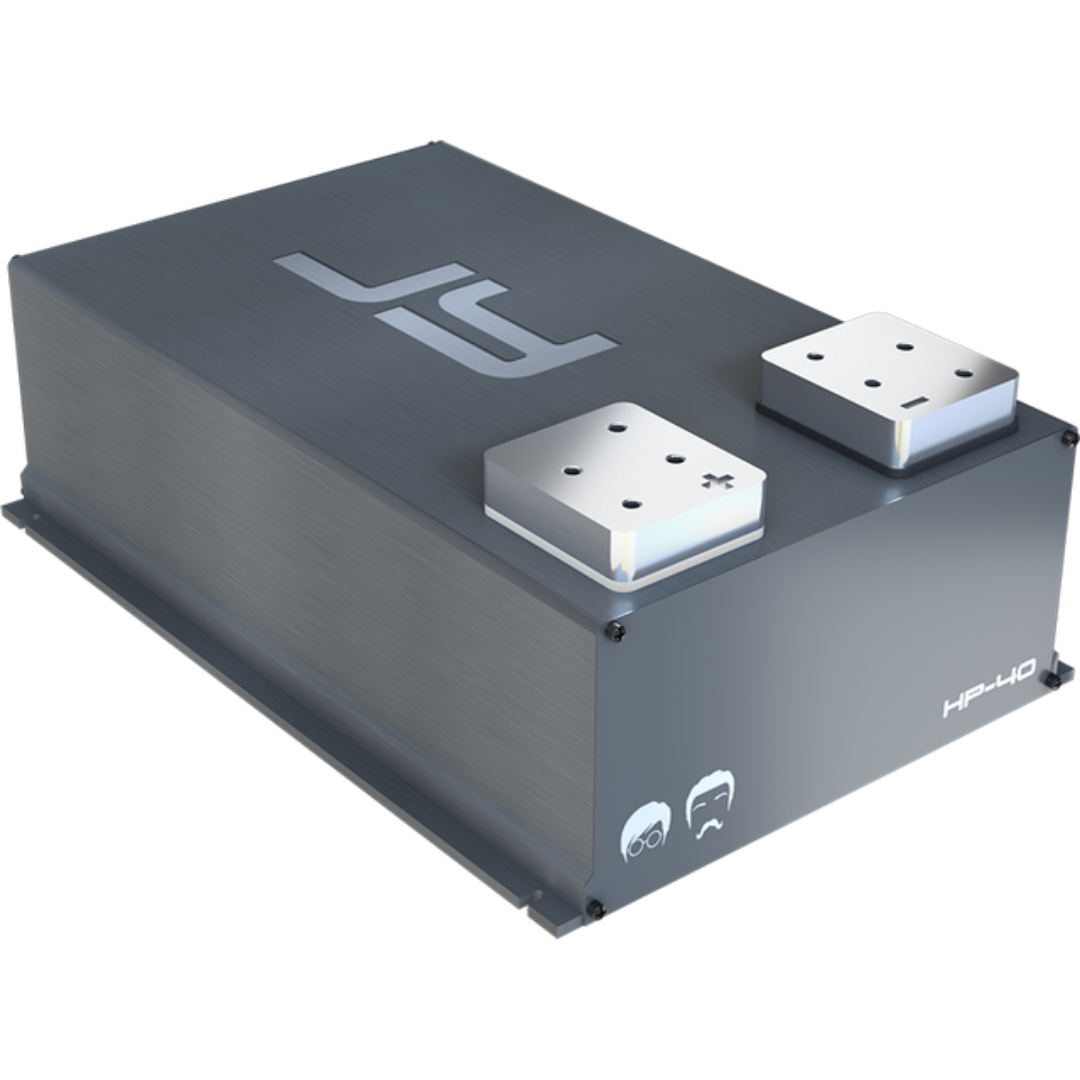

Link to Limitless Lithium Cyber Series
Lithium Cobalt Oxide
Cathode: Lithium Carbonate, Cobalt
Anode: Graphite Carbon
Advantages:
- High Specific Energy
Disadvantages:
- Short Lifespan – 500 to 1,000 cycles.
- Expensive
- Low Thermal Stability
- Safety Concerns
- Performance – Low specific power means that their performance is limited in high-load applications.
Lithium Manganese Oxide
Cathode: Lithium Manganese Oxide
Anode: Graphite Carbon
Advantages:
- Quick Charge
- High Specific Power – Deliver a higher current than some other lithium batteries.
- Thermal Stability – Operate safely at high temperatures.
- Flexibility – Used in many different applications.
Disadvantages:
- Short Lifespan – 300 to 700 charge cycles.
Lithium Nickel Manganese Cobalt Oxide
Cathode: Nickel, Manganese, Cobalt
Anode: Graphite Carbon
Advantages:
- High Energy Density
- Longer Lifecycle
- Lower Cost
- High Thermal Stability
- Safer
Disadvantages:
- Lower Voltage – When compared to cobalt-based batteries.
Lithium Nickel Cobalt Aluminum Oxide
Cathode: Cobalt, Nickel, Manganese, Iron, Aluminum
Anode: Graphite Carbon
Advantages:
- High Energy
- Longer Lifespan
Disadvantages:
- Not As Safe
- More Expensive
Lithium Titanate
Cathode: Lithium Manganese Oxide or Nickel, Manganese, Cobalt
Anode: Lithium Titanate
Advantages:
- Fast Charging
- Wide Operating Temperature
- Long Lifespan
- Safe, Stable
Disadvantages:
- Low Energy Density
- Expensive
Batteries at Down4Sound that utilize this chemistry:


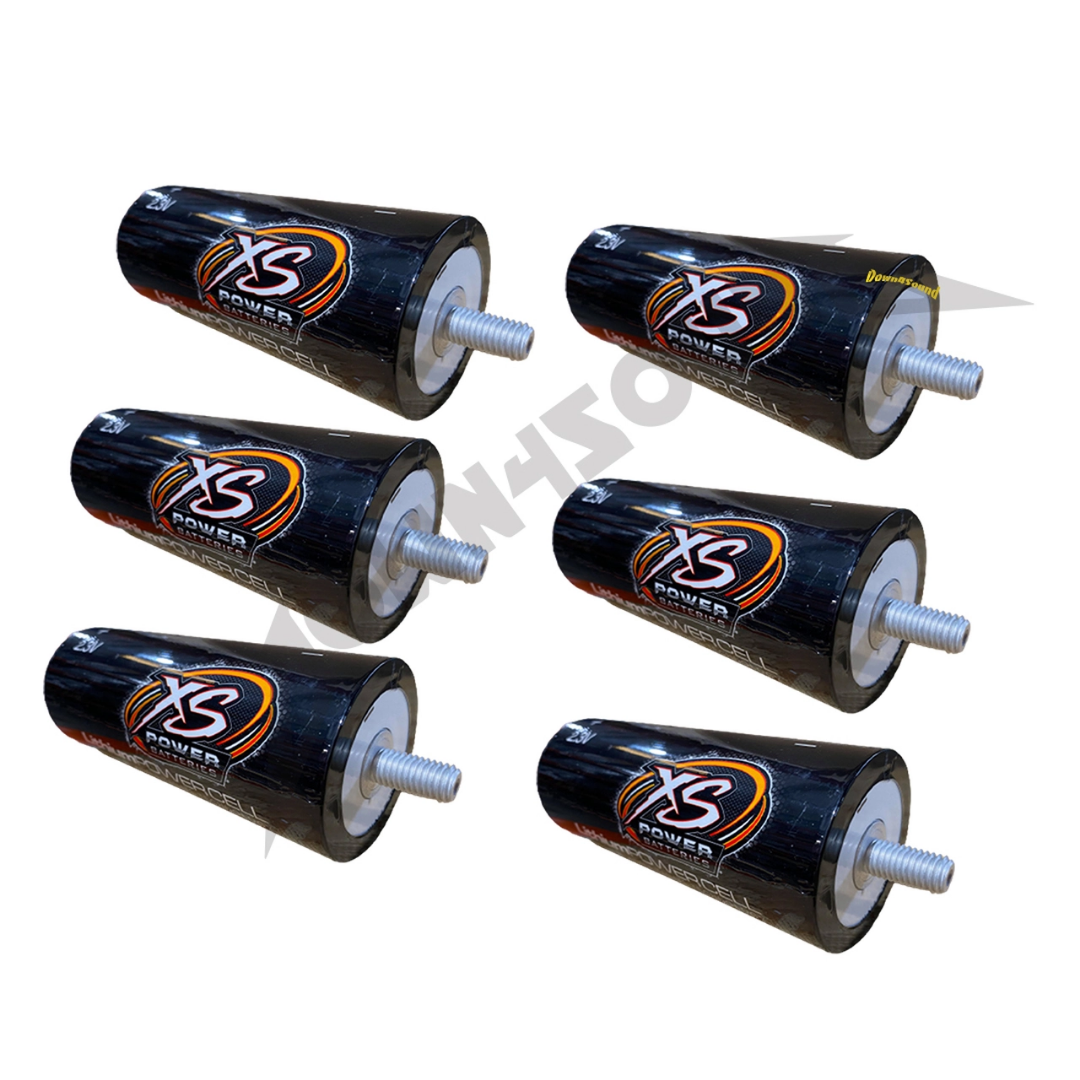

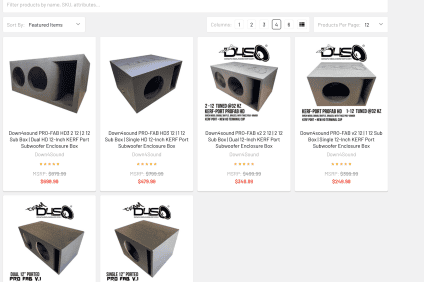
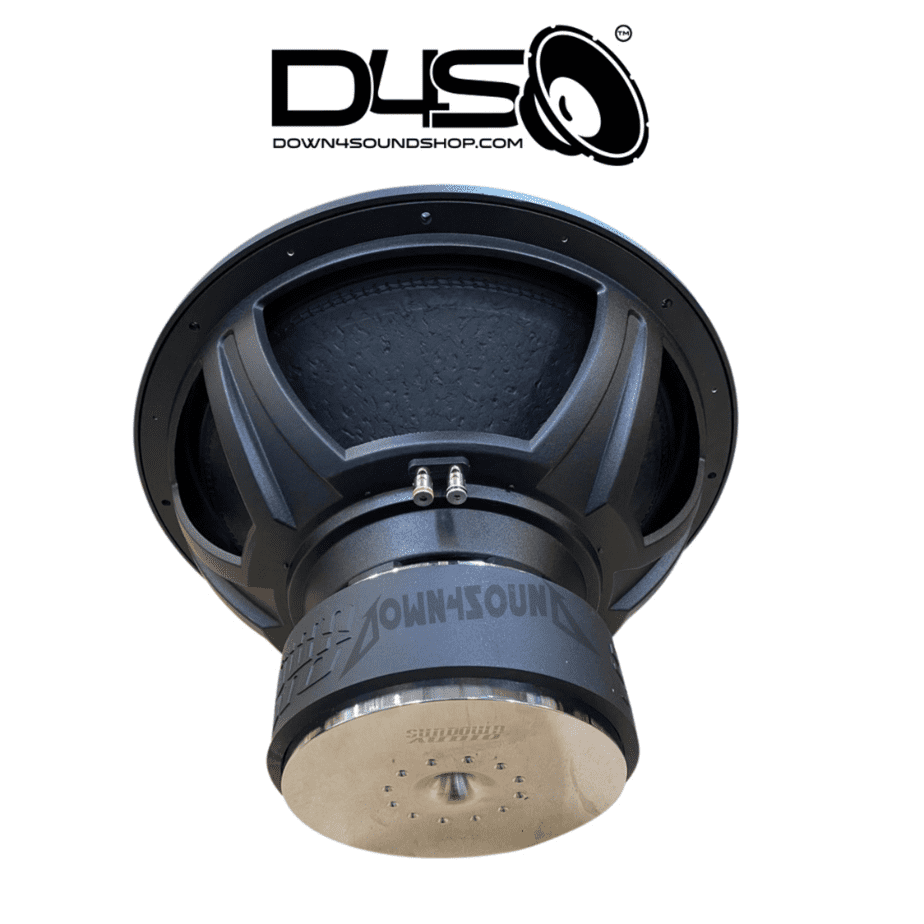
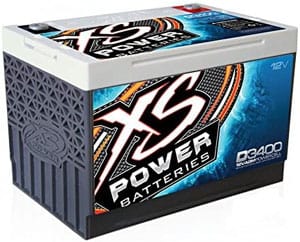
comments (0)